I can honestly say I went into this race with no expectations. Registered for it on a whim in February in hopes it would spark a much needed match under my rapidly growing buttocks. Even endurance junkies like me lack motivation at times. Between registering for the race and hiring a new coach, I had an unprecedented amount of drive and focus the first week of March. Unfortunately it was very short lived. In less than two weeks, a random illness abruptly stripped me of my health and energy and had me spending hours in the ER, hospitals and doctor offices. Seeing the cobwebs collect on my Trek, I gave up – gave up on doing St. George, gave up on gaining the respect of my new coach and gave up on myself. As the side effects of pleurisy subsided and my sassiness and energy came back with a vengeance in mid April, I put my head down and followed the training schedule to the hilt, which was easy to do because I was limited to one hour workouts, up to two a day. Coach and I discussed our options, and when he gave me a scouts honor he would not drop me like a bad habit if I posted a less than respectable time at Ironman St. George, I was all in. We didn’t try and make up for lost time; rather we proceeded intelligently and cautiously. My longest run was an hour and 50 minutes! While I would not recommend a 3 week build for an Ironman, it managed to be enough for me to lock in a slot for the Ironman World Championship on October 8, 2011. Elated to report I finished 3rd in the 30-34 AG and 18th overall.
 Swim – 1:14
Swim – 1:14
The one loop 2.4 mile swim took place in the pristine Sand Hollow Reservoir. Being aquatically challenged, I typically forgo a warm up and use the swim leg as a warm up for a bike/run race. But since it was a mass in-water start, I obliged and did a brief 200 meter warm up to the start line, where I treaded water for 5 minutes waiting for the cannon to go off. My game day decision to line up amongst all the chaos to work on “being comfortable with being uncomfortable” proved to be a massive mistake on my part. I’m not a swimmer (at least not yet), and race day is not the ideal time to pose as one. I got violated, pounced on and swum over more times than I would like to admit. Grateful it was not an ocean swim, because I took in an obscene amount of water. Grappling spasmodic panic attacks, I exited the water prior to finding a groove. Not what I had hoped for but will use it as motivation to work harder in the water.
T1 – 3:39
Uneventful with the exception of the look on the volunteer’s face when I reached down my K-Swiss tri shorts and smothered an entire tub of Chamois Butter in them. Priceless!
Bike – 6:05
The exquisite surroundings, "chip seal" roads, terrain, lack of shade and temperatures made it a memorable 112 miles. The first 22 miles into town were hilly and athletes were flying by me. They were going so fast I just knew they were hosting an Olympic triathlon in conjunction with the Ironman. Executing my race plan, I simply ignored them and listened to my body. I’m a slave to technology, so not having power or heart rate data caused me to lean on the side of caution. I fought negative thoughts the first 2 hours as my legs were heavy, my Garmin was malfunctioning and my stomach was boycotting my tried and true nutrition regimen – Vanilla Bean GU, Base Electrolyte Salt, Crunchy Peanut Butter Cliff bars and water. Despite it all, I stuck to my nutrition plan and slowly crept into a happy place by focusing on the amazing surroundings- red rock canyons and snow-capped mountains. Our race strategy to take the 1st loop super conservative and the 2nd moderately conservative debunked my earlier sentiment that they were also hosting an Olympic distance triathlon. Because I gave the course the respect it warranted, I passed the majority of the hammerheads on the 2nd loop. My pacing was dead on.
 T2 - 3:01
T2 - 3:01
Swung by the porta potty then hit the changing tent to quickly slip into my K-Swiss Kwicky Blade-Lights and apply more 110+ SPF sunscreen. The sun was wicked intense!
Run – 3:46
Wow, this is a gnarly run course. The bike course coupled with the run makes it undoubtedly the hardest Ironman in North America. In the 7 Ironman competitions I have competed in, this was the first one I witnessed more than a dozen athletes walking the first mile of the run. Straight out of T2 you head into a 3 mile climb before you hit the 8% hill up to the top of Red Hills Parkway. More hills along Red Hills Parkway and then turn around and return the way you came. Oh, and it’s a 2 loop run course. It’s relentless! Rolling out of T2 my legs and stomach made it very apparent they were not on board to run a marathon. The first 2 miles were excruciating! Instead of dwelling on the intensifying pains, I distracted myself by talking to anyone who would listen to me– volunteers, athletes, photographers and spectators. The volunteers were amazing!! The pain never subsided; I simply embraced it and put one foot in front of the other for a steady but slow marathon. With the exception of the first 2 miles, I expressed my gratitude by smiling ear to ear, thanking the volunteers and encouraging other athletes. Base Electrolyte Salt, GU and water got me across the finish line with no major GI issues. Upon crossing the finish line in 11:12:58, I hugged the ART doc who took exceptional care of me while out there, expressed my gratitude to the mayor of St. George, threw back 6 Base Recovery Activators and then headed straight to the massage tent. It was a humbling yet exhilarating experience!
 Special Shout Outs:
Matt Lieto
Special Shout Outs:
Matt Lieto – the man is worth his weight in high-grade Kona Peaberry coffee beans. He provides me a level of support and patience I do not always deserve. When no one believed in me (including myself), he did. When I was in the ER and frequenting doctor offices and hospitals, he was the first to demand updates. When everyone told me it couldn’t be done, he empowered me with the courage to fight. When I didn’t have a family member to hug before the race, he unwillingly let me tackle him. He even let me buy him a celebratory coffee the day after the race.
Sofa King guys – I have the best training partners a girl could ask for. Not only do they let me chase them, they are all highly successful business men who inspire me to strive for excellence – in and out of spandex.
Base Performance – The
Base Electrolyte Salt saved my race. Who knew it would be in the mid 90s on race day? Not me. The
Base Recovery Activator expedited the recovery and had me fresh and ready to train sooner than my coach would have liked. Solid products made by high caliber athletes!
K-Swiss – I heart their apparel and shoes. I have nada, zero, zilch chafing and or blisters, which is no small feat.

 Swim – 1:14
The one loop 2.4 mile swim took place in the pristine Sand Hollow Reservoir. Being aquatically challenged, I typically forgo a warm up and use the swim leg as a warm up for a bike/run race. But since it was a mass in-water start, I obliged and did a brief 200 meter warm up to the start line, where I treaded water for 5 minutes waiting for the cannon to go off. My game day decision to line up amongst all the chaos to work on “being comfortable with being uncomfortable” proved to be a massive mistake on my part. I’m not a swimmer (at least not yet), and race day is not the ideal time to pose as one. I got violated, pounced on and swum over more times than I would like to admit. Grateful it was not an ocean swim, because I took in an obscene amount of water. Grappling spasmodic panic attacks, I exited the water prior to finding a groove. Not what I had hoped for but will use it as motivation to work harder in the water.
T1 – 3:39
Uneventful with the exception of the look on the volunteer’s face when I reached down my K-Swiss tri shorts and smothered an entire tub of Chamois Butter in them. Priceless!
Bike – 6:05
The exquisite surroundings, "chip seal" roads, terrain, lack of shade and temperatures made it a memorable 112 miles. The first 22 miles into town were hilly and athletes were flying by me. They were going so fast I just knew they were hosting an Olympic triathlon in conjunction with the Ironman. Executing my race plan, I simply ignored them and listened to my body. I’m a slave to technology, so not having power or heart rate data caused me to lean on the side of caution. I fought negative thoughts the first 2 hours as my legs were heavy, my Garmin was malfunctioning and my stomach was boycotting my tried and true nutrition regimen – Vanilla Bean GU, Base Electrolyte Salt, Crunchy Peanut Butter Cliff bars and water. Despite it all, I stuck to my nutrition plan and slowly crept into a happy place by focusing on the amazing surroundings- red rock canyons and snow-capped mountains. Our race strategy to take the 1st loop super conservative and the 2nd moderately conservative debunked my earlier sentiment that they were also hosting an Olympic distance triathlon. Because I gave the course the respect it warranted, I passed the majority of the hammerheads on the 2nd loop. My pacing was dead on.
Swim – 1:14
The one loop 2.4 mile swim took place in the pristine Sand Hollow Reservoir. Being aquatically challenged, I typically forgo a warm up and use the swim leg as a warm up for a bike/run race. But since it was a mass in-water start, I obliged and did a brief 200 meter warm up to the start line, where I treaded water for 5 minutes waiting for the cannon to go off. My game day decision to line up amongst all the chaos to work on “being comfortable with being uncomfortable” proved to be a massive mistake on my part. I’m not a swimmer (at least not yet), and race day is not the ideal time to pose as one. I got violated, pounced on and swum over more times than I would like to admit. Grateful it was not an ocean swim, because I took in an obscene amount of water. Grappling spasmodic panic attacks, I exited the water prior to finding a groove. Not what I had hoped for but will use it as motivation to work harder in the water.
T1 – 3:39
Uneventful with the exception of the look on the volunteer’s face when I reached down my K-Swiss tri shorts and smothered an entire tub of Chamois Butter in them. Priceless!
Bike – 6:05
The exquisite surroundings, "chip seal" roads, terrain, lack of shade and temperatures made it a memorable 112 miles. The first 22 miles into town were hilly and athletes were flying by me. They were going so fast I just knew they were hosting an Olympic triathlon in conjunction with the Ironman. Executing my race plan, I simply ignored them and listened to my body. I’m a slave to technology, so not having power or heart rate data caused me to lean on the side of caution. I fought negative thoughts the first 2 hours as my legs were heavy, my Garmin was malfunctioning and my stomach was boycotting my tried and true nutrition regimen – Vanilla Bean GU, Base Electrolyte Salt, Crunchy Peanut Butter Cliff bars and water. Despite it all, I stuck to my nutrition plan and slowly crept into a happy place by focusing on the amazing surroundings- red rock canyons and snow-capped mountains. Our race strategy to take the 1st loop super conservative and the 2nd moderately conservative debunked my earlier sentiment that they were also hosting an Olympic distance triathlon. Because I gave the course the respect it warranted, I passed the majority of the hammerheads on the 2nd loop. My pacing was dead on.
 T2 - 3:01
Swung by the porta potty then hit the changing tent to quickly slip into my K-Swiss Kwicky Blade-Lights and apply more 110+ SPF sunscreen. The sun was wicked intense!
Run – 3:46
Wow, this is a gnarly run course. The bike course coupled with the run makes it undoubtedly the hardest Ironman in North America. In the 7 Ironman competitions I have competed in, this was the first one I witnessed more than a dozen athletes walking the first mile of the run. Straight out of T2 you head into a 3 mile climb before you hit the 8% hill up to the top of Red Hills Parkway. More hills along Red Hills Parkway and then turn around and return the way you came. Oh, and it’s a 2 loop run course. It’s relentless! Rolling out of T2 my legs and stomach made it very apparent they were not on board to run a marathon. The first 2 miles were excruciating! Instead of dwelling on the intensifying pains, I distracted myself by talking to anyone who would listen to me– volunteers, athletes, photographers and spectators. The volunteers were amazing!! The pain never subsided; I simply embraced it and put one foot in front of the other for a steady but slow marathon. With the exception of the first 2 miles, I expressed my gratitude by smiling ear to ear, thanking the volunteers and encouraging other athletes. Base Electrolyte Salt, GU and water got me across the finish line with no major GI issues. Upon crossing the finish line in 11:12:58, I hugged the ART doc who took exceptional care of me while out there, expressed my gratitude to the mayor of St. George, threw back 6 Base Recovery Activators and then headed straight to the massage tent. It was a humbling yet exhilarating experience!
T2 - 3:01
Swung by the porta potty then hit the changing tent to quickly slip into my K-Swiss Kwicky Blade-Lights and apply more 110+ SPF sunscreen. The sun was wicked intense!
Run – 3:46
Wow, this is a gnarly run course. The bike course coupled with the run makes it undoubtedly the hardest Ironman in North America. In the 7 Ironman competitions I have competed in, this was the first one I witnessed more than a dozen athletes walking the first mile of the run. Straight out of T2 you head into a 3 mile climb before you hit the 8% hill up to the top of Red Hills Parkway. More hills along Red Hills Parkway and then turn around and return the way you came. Oh, and it’s a 2 loop run course. It’s relentless! Rolling out of T2 my legs and stomach made it very apparent they were not on board to run a marathon. The first 2 miles were excruciating! Instead of dwelling on the intensifying pains, I distracted myself by talking to anyone who would listen to me– volunteers, athletes, photographers and spectators. The volunteers were amazing!! The pain never subsided; I simply embraced it and put one foot in front of the other for a steady but slow marathon. With the exception of the first 2 miles, I expressed my gratitude by smiling ear to ear, thanking the volunteers and encouraging other athletes. Base Electrolyte Salt, GU and water got me across the finish line with no major GI issues. Upon crossing the finish line in 11:12:58, I hugged the ART doc who took exceptional care of me while out there, expressed my gratitude to the mayor of St. George, threw back 6 Base Recovery Activators and then headed straight to the massage tent. It was a humbling yet exhilarating experience!
 Special Shout Outs:
Matt Lieto – the man is worth his weight in high-grade Kona Peaberry coffee beans. He provides me a level of support and patience I do not always deserve. When no one believed in me (including myself), he did. When I was in the ER and frequenting doctor offices and hospitals, he was the first to demand updates. When everyone told me it couldn’t be done, he empowered me with the courage to fight. When I didn’t have a family member to hug before the race, he unwillingly let me tackle him. He even let me buy him a celebratory coffee the day after the race.
Sofa King guys – I have the best training partners a girl could ask for. Not only do they let me chase them, they are all highly successful business men who inspire me to strive for excellence – in and out of spandex.
Base Performance – The Base Electrolyte Salt saved my race. Who knew it would be in the mid 90s on race day? Not me. The Base Recovery Activator expedited the recovery and had me fresh and ready to train sooner than my coach would have liked. Solid products made by high caliber athletes!
K-Swiss – I heart their apparel and shoes. I have nada, zero, zilch chafing and or blisters, which is no small feat.
Special Shout Outs:
Matt Lieto – the man is worth his weight in high-grade Kona Peaberry coffee beans. He provides me a level of support and patience I do not always deserve. When no one believed in me (including myself), he did. When I was in the ER and frequenting doctor offices and hospitals, he was the first to demand updates. When everyone told me it couldn’t be done, he empowered me with the courage to fight. When I didn’t have a family member to hug before the race, he unwillingly let me tackle him. He even let me buy him a celebratory coffee the day after the race.
Sofa King guys – I have the best training partners a girl could ask for. Not only do they let me chase them, they are all highly successful business men who inspire me to strive for excellence – in and out of spandex.
Base Performance – The Base Electrolyte Salt saved my race. Who knew it would be in the mid 90s on race day? Not me. The Base Recovery Activator expedited the recovery and had me fresh and ready to train sooner than my coach would have liked. Solid products made by high caliber athletes!
K-Swiss – I heart their apparel and shoes. I have nada, zero, zilch chafing and or blisters, which is no small feat.







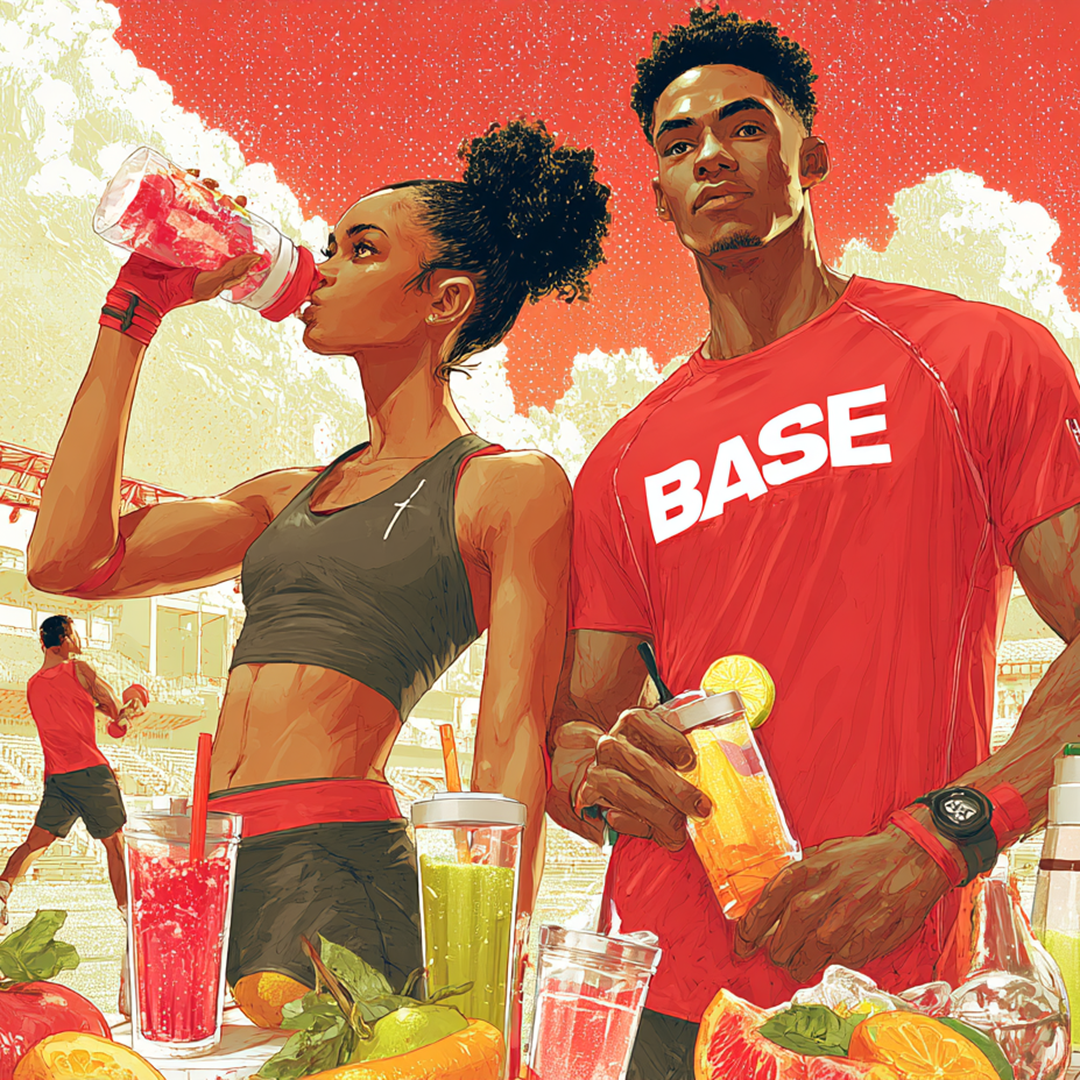
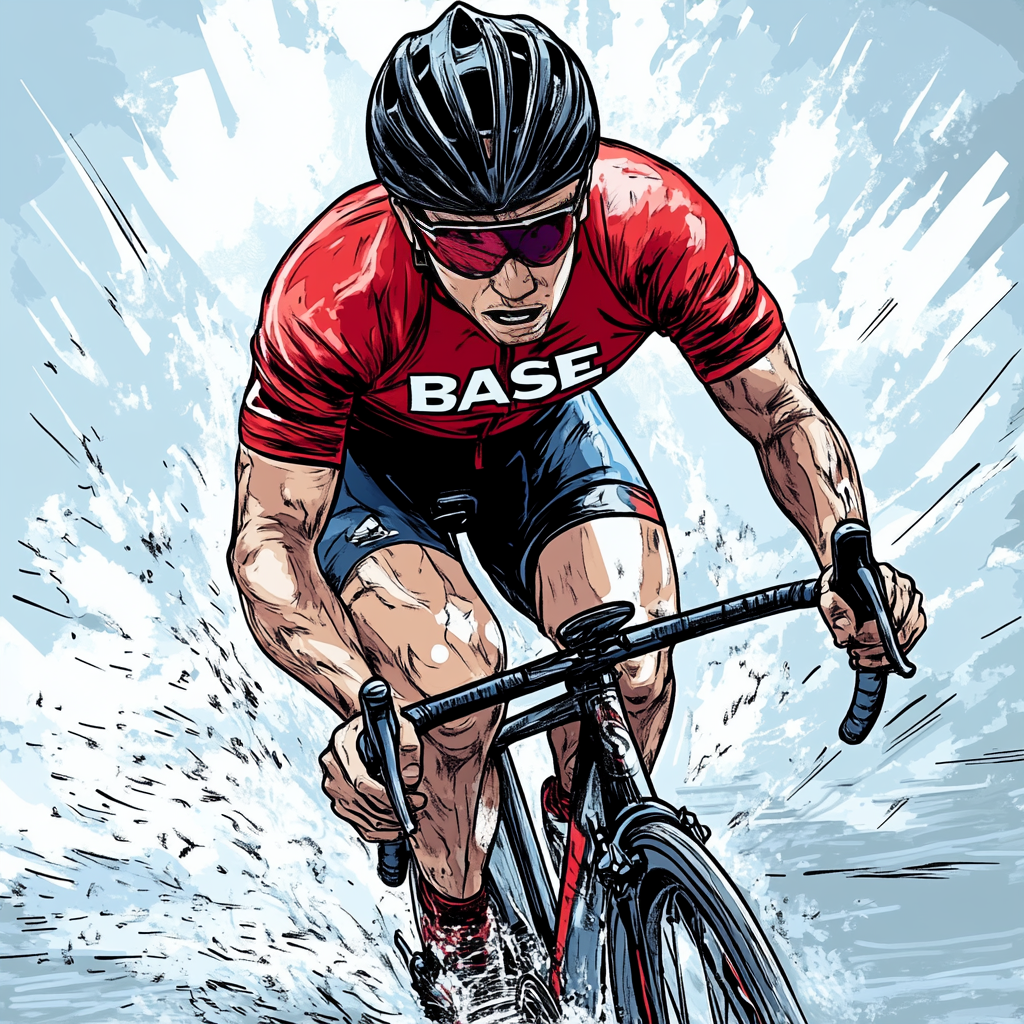

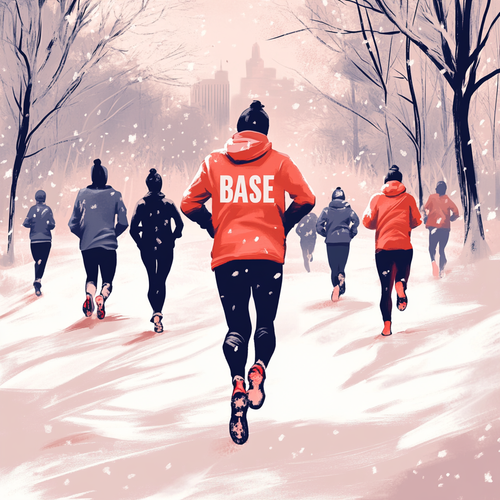
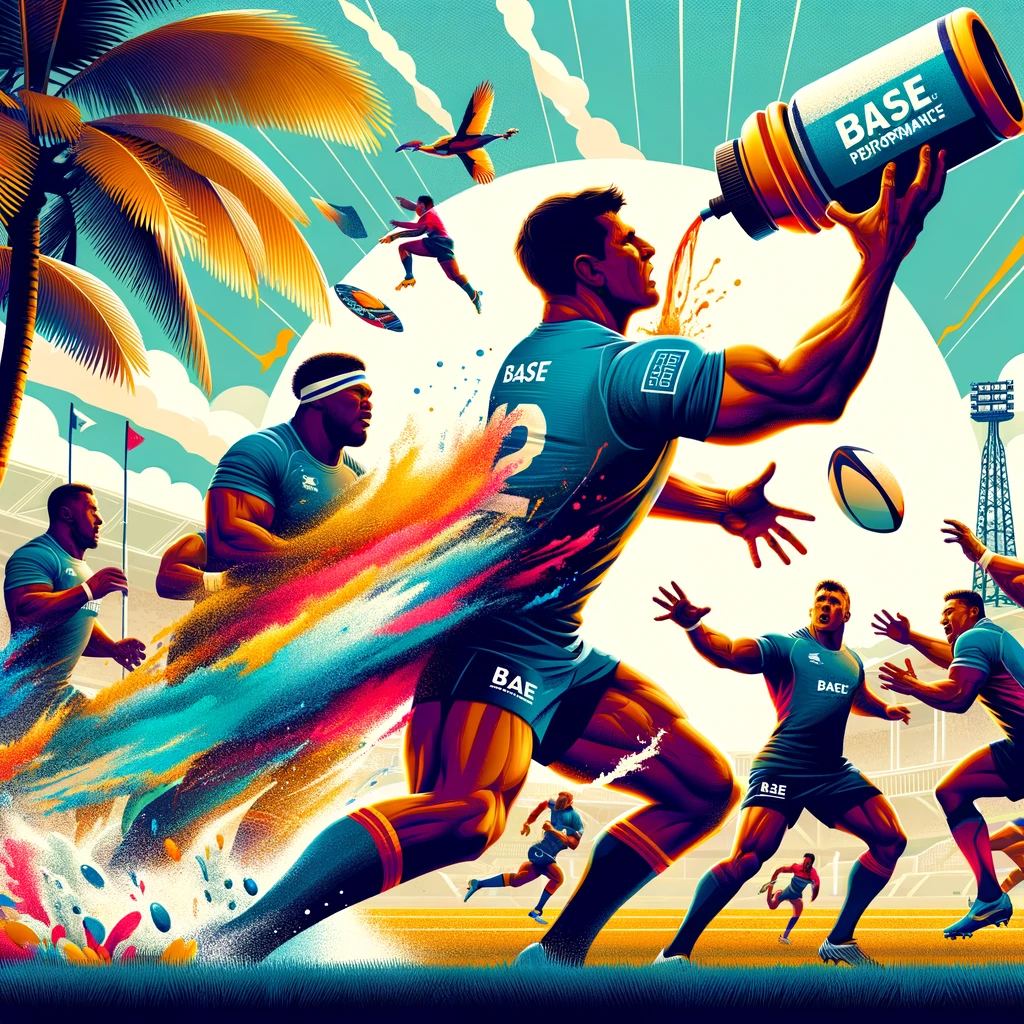


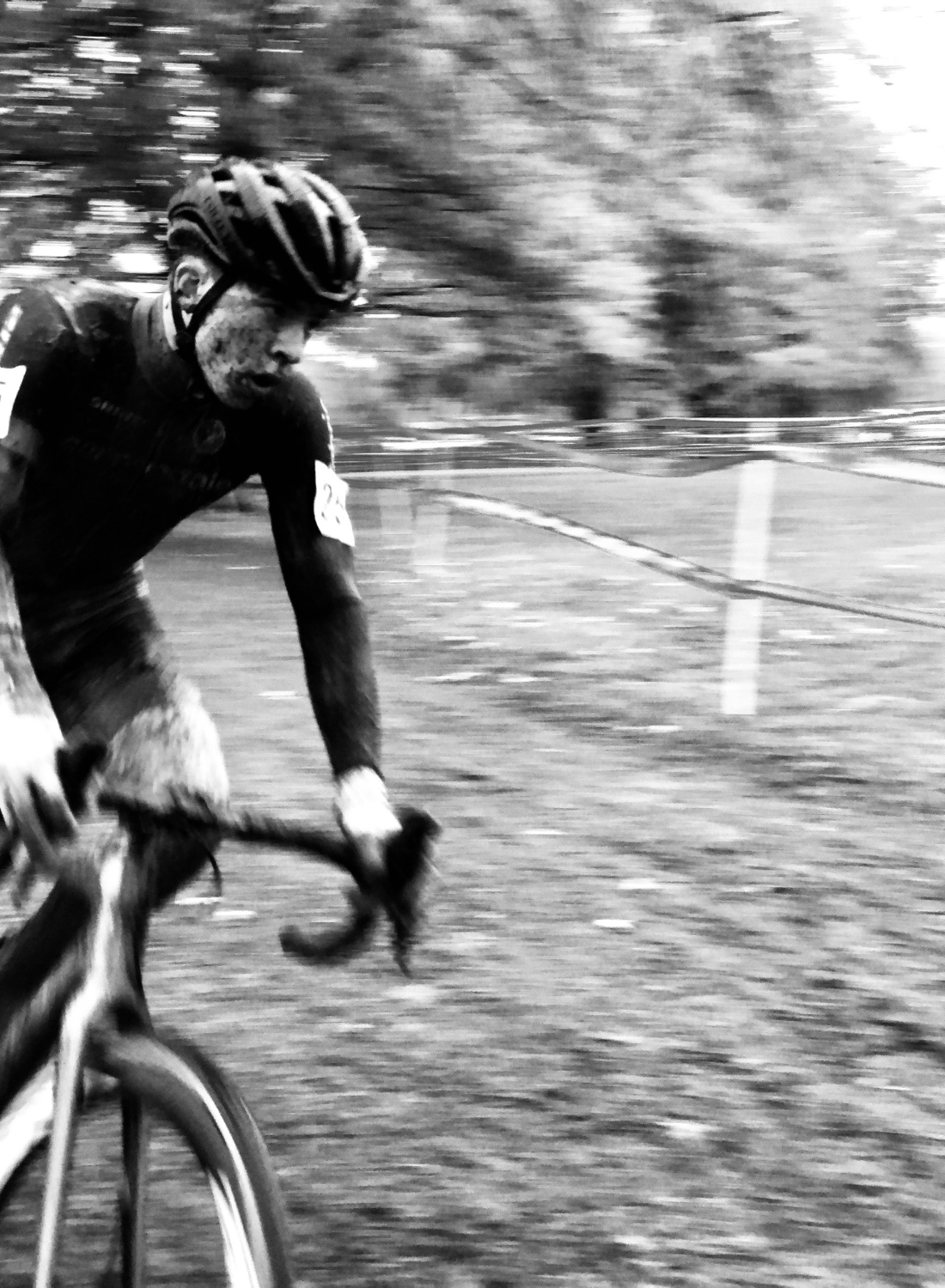











Leave a comment